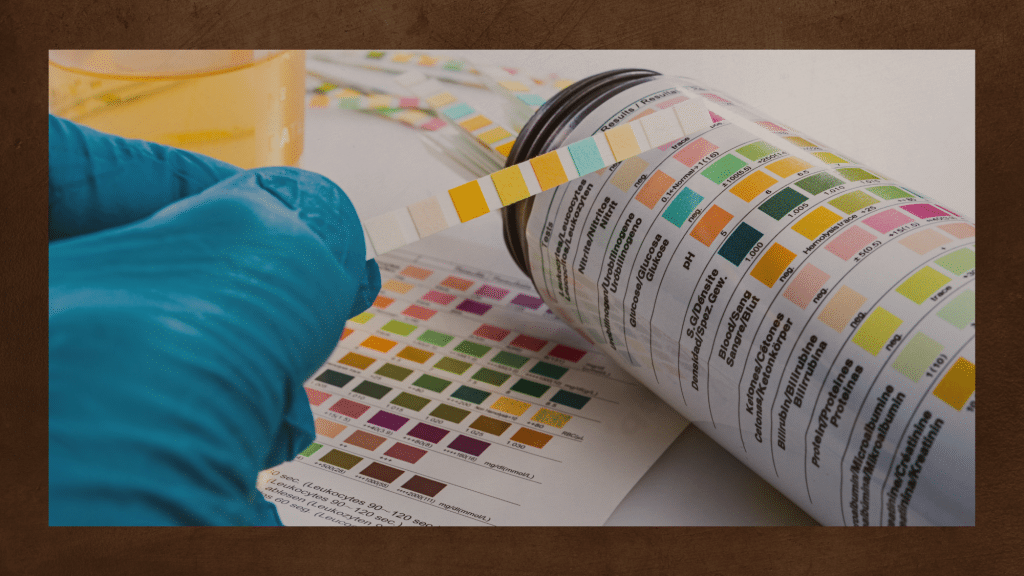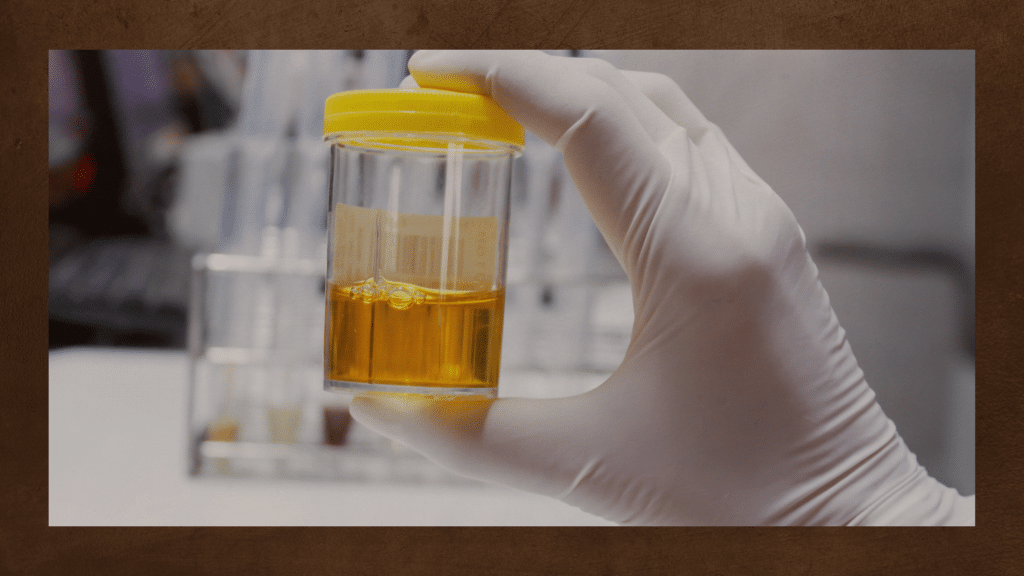The color of your urine provides insights into health and habits. Formed in the kidneys, urine is 95% water with various compounds, reflecting bodily functions. Changes in urine or habits may signal underlying medical conditions.
Have you ever observed the color of your urine? Monitoring it can offer unexpected health insights. Factors like medication, diet, or health conditions influence urine color. While changes are often normal, some instances may indicate an undiagnosed illness.
What is Colour of urine?

Colour of urine is Typically, urine appears clear to pale yellow. However, factors like foods (beets, blackberries, fava beans) or certain medications can impart vivid tones, like pink, red, orange, or greenish-blue.
What is the normal color of urine?
“Normal urine is pale yellow to amber in color and is clear. Darker urine is often a sign of dehydration. If you notice that your urine is darker than normal and you have no other symptoms, try drinking some more water and see if this helps your urine return to a lighter color,”
Certain foods like beets, blackberries, and fava beans may cause pink or red urine. Additionally, specific medications can result in vivid tones, such as orange or greenish-blue. Unusual urine color may also indicate health issues, like milky white urine in urinary tract infections or red urine in conditions like kidney stones, certain cancers, or other diseases.
Typically, urine is light yellow and transparent. Increased water intake tends to make urine clearer. However, persistent cloudy yellow urine despite adequate hydration or clear white urine with low water intake might indicate an underlying health issue.
When should you seek medical attention?

While shifts in urine color are usually benign, certain signs warrant prompt medical attention:
- Pink or red urine, indicative of blood presence.
- Dark brown or orange urine, coupled with skin/eye yellowing and pale stools, suggesting potential liver issues.
- Persistent, unexplained urine discoloration over several days. Brought to you by The Nephrology (Kidney) Center, Bumrungrad International Hospital.
Is clear urine good?

Is transparent urine always a positive indicator? Generally, clear urine suggests good hydration, crucial for optimal bodily functions. However, in certain instances, overly clear urine might indicate excessive water intake, possibly surpassing healthy hydration levels. While proper hydration is essential, maintaining a balance is key for overall well-being. Always consult with a healthcare professional for personalized advice on your hydration needs.
What color urine is abnormal?
Abnormal urine colors that may signal underlying health issues include:
- Red or Pink: Blood in the urine, indicating potential problems with the urinary tract or kidneys.
- Brown or Dark Amber: Possible presence of blood or liver-related issues.
- Blue or Green: Uncommon and often caused by certain medications or foods.
- Cloudy: May indicate a urinary tract infection or other health conditions.
- Orange: Can result from medications or dehydration.
If you notice persistent abnormal colors, it’s advisable to consult a healthcare professional for proper evaluation and guidance.
So, Is the Colour of urine a health indicator?
Typically, urine is clear to pale yellow, but various factors can alter its color. Foods like beets, blackberries, and fava beans may cause pink or red urine. Certain medications can result in vivid tones like orange or greenish-blue. Unusual urine colors may signal health issues; for example, urinary tract infections can turn urine milky white, while conditions like kidney stones, certain cancers, or diseases may cause redness due to blood.


